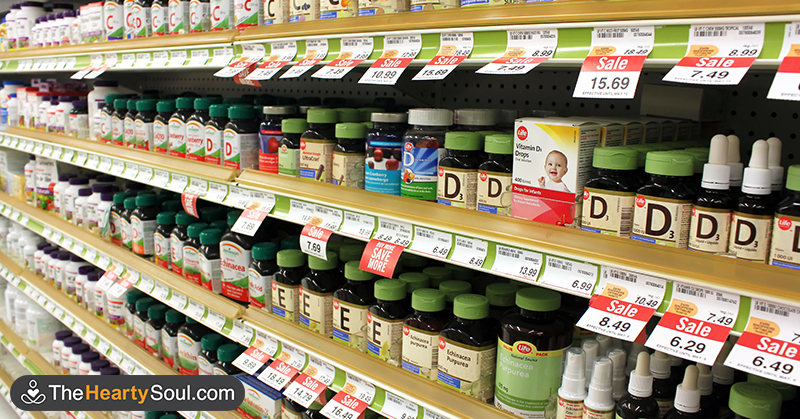Vitamins are vital for life and intakes that are too low can lead to severe deficiency diseases which, in extreme cases, can prove fatal. That doesn’t mean that more is better, however.
Excess of some vitamins can cause problems due to toxicity, although far fewer people experience side effects from multivitamin pills compared to the number affected by prescribed medications. Even so, as Goldilocks might have said, it’s important to obtain not too much, not too little, but just the right amount.
What Vitamins Are Toxic?

Vitamins are divided into two main groups: water-soluble and fat-soluble. Those that are water-soluble (B vitamins and vitamin C) are readily flushed from the body via the kidneys and are unlikely to build up to cause an excess. Even so, high intakes may lead to intestinal problems such as indigestion (e.g., vitamin C), nausea (e.g., vitamin B3), or bowel looseness (e.g., vitamin B5) so you still need to stick to recommended intakes.
The fat-soluble vitamins are the main ones to be wary of – vitamins A, D, E, and K. These are stored in the liver and can accumulate to toxic levels when intakes are too high.
NB: All figures given are for adults.
Read More: Vitamin D May Lower Your Risk of Alzheimer’s According to New Study
1. Vitamin A
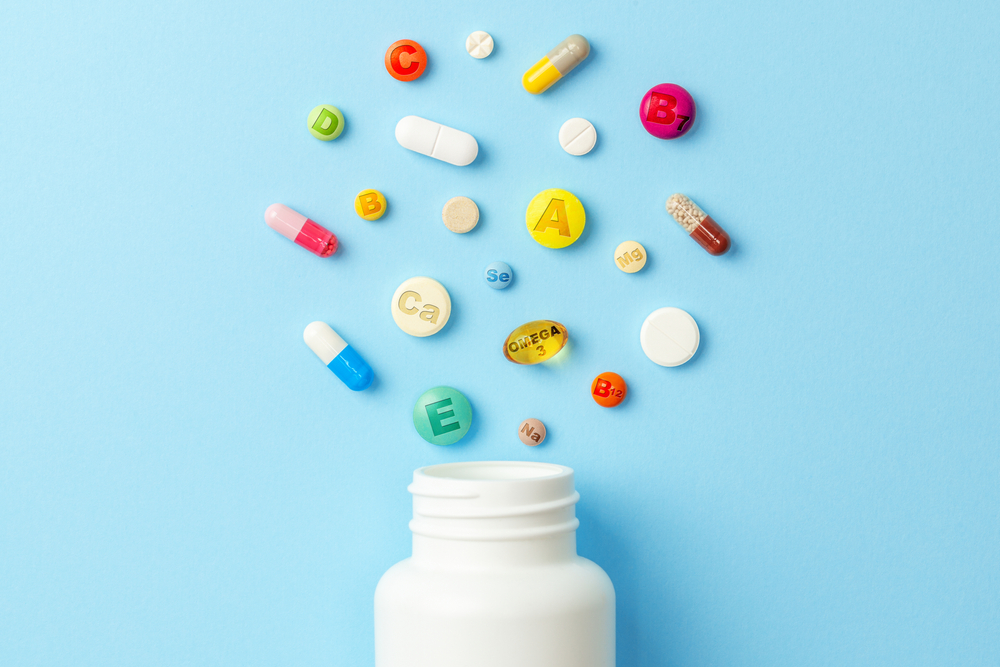
Vitamin A is needed for normal growth, wound healing, healthy tissues, and color vision.
What’s The Problem With Too Much?
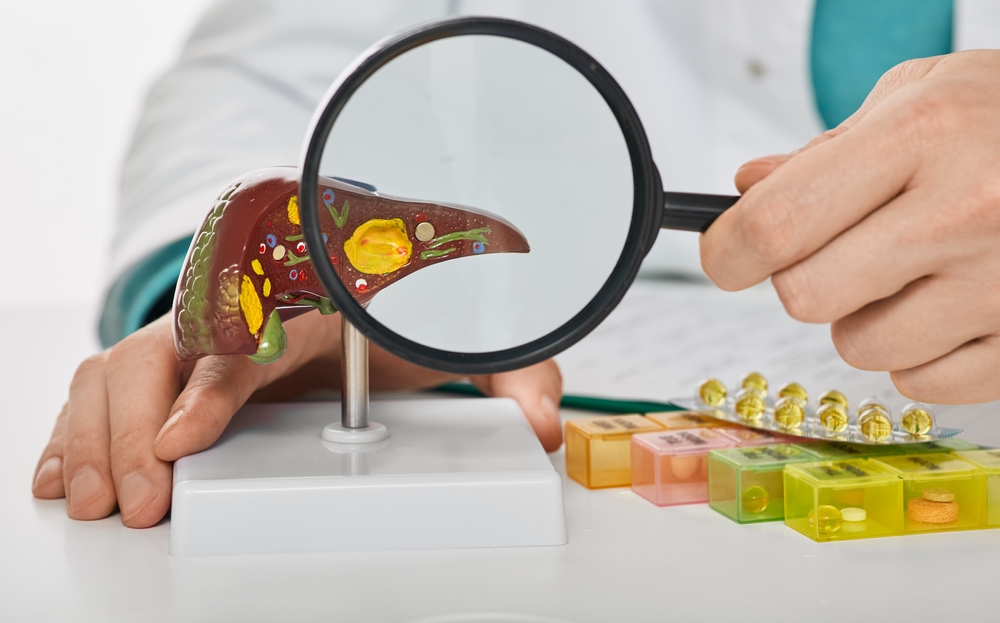
Vitamin A has a ‘narrow therapeutic window’ which means the toxic level is unusually close to the beneficial level. In fact, intakes of just double the recommended daily amount can cause problems.
The liver of some animals – especially polar bears, walrus, and moose – contains so much vitamin A that eating just 100g may prove lethal! Excess vitamin A damages the liver to cause cirrhosis. It also enters the nervous system to produce headaches, irritability, blurred vision, nausea, weakness, and fatigue. High intakes can also affect the bones, leading to pain and increased risk of fracture.
During pregnancy, too much vitamin A can affect fetal development and increase the risk of birth abnormalities. Pregnant women are usually advised not to take supplements containing the retinol form of vitamin A, and to avoid eating liver products such as cod liver oil unless these are specifically advised by a doctor to treat a proven vitamin A deficiency.
What Is a Safe Intake For Vitamin A?
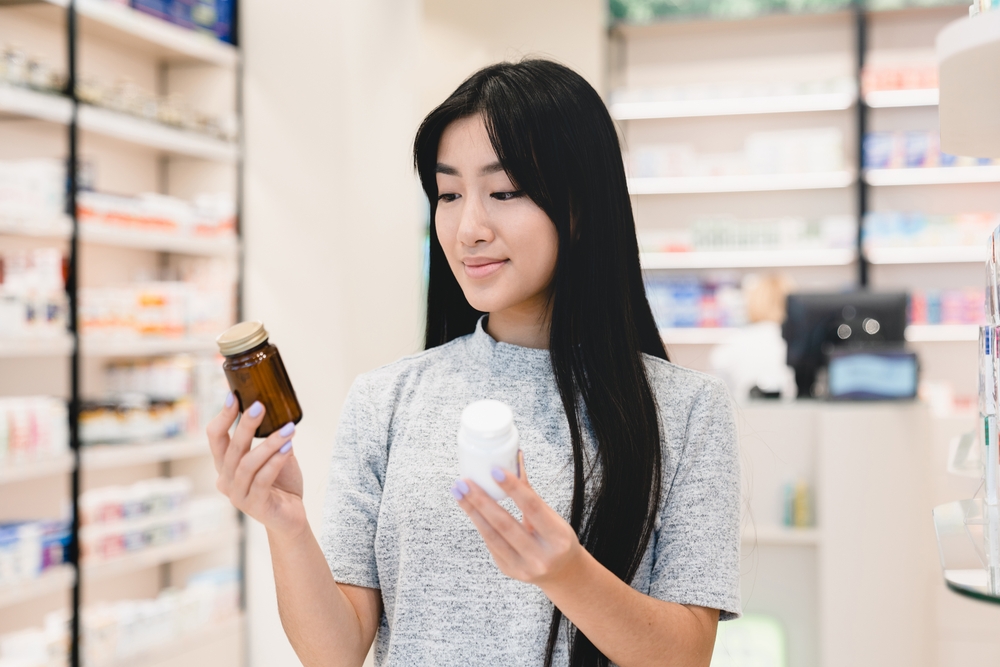
Different experts have different opinions on what represents a safe intake, and national recommendations vary widely. In the US, the DV (daily value) for vitamin A is 1,500 mcg (5,000 IU), while in the EU the recommended daily amount (RDA) is significantly less at 800 mcg (2,664 IU).
In both the US and EU, the daily tolerable upper intake level from both food and supplements combined is 3,000 mcg (10,000 IU) per day. Postmenopausal women may be advised to restrict their intake to 1500mcg to avoid bone demineralization. Only exceed these amounts under medical supervision.
The safest way to obtain vitamin A is in the form of mixed carotenoids – plant pigments (eg alpha and beta carotene) which can be converted into vitamin A in the body when needed.
2. Vitamin D

Vitamin D is needed for calcium absorption and regulation and for healthy bones. It is also involved in immunity, regulating mood and muscle and circulatory health.
Vitamin D is more usually associated with deficiency than toxicity. It is made in the skin on exposure to UVB sunlight, but this is difficult to achieve during autumn and winter. As many as one in three adults have insufficient vitamin D levels for at least part of the year.
Your vitamin D status can be measured in a simple blood test to measure circulating levels of an inactive pro-vitamin called 25-hydroxyvitamin-D (chosen because it is relatively stable). Even here, the optimum level is controversial, with some experts recommending higher readings than others. In general, however, I interpret levels as follows:
- 20 – 32 ng/ml (50 – 80 nmol/L) is adequate for many, but not for everyone.
- Above 32 ng/ml (> 80 nmol/L) is optimum for most people.
- Above 50 ng/ml (> 125 nmol/L) there is an increasing risk of toxicity.
- Toxicity is almost certain with blood levels of 60 ng/ml (150nmol/L) or above.
What’s The Problem With Too Much?

Vitamin D toxicity leads to high blood levels of calcium which causes loss of appetite, nausea, and headache. High calcium levels can cause kidney stones, and leach calcium from bones to increase the risk of fractures.
Read More: Early Warning Signs Your Body Needs Vitamin-C
What Is a Safe Intake For Vitamin D?
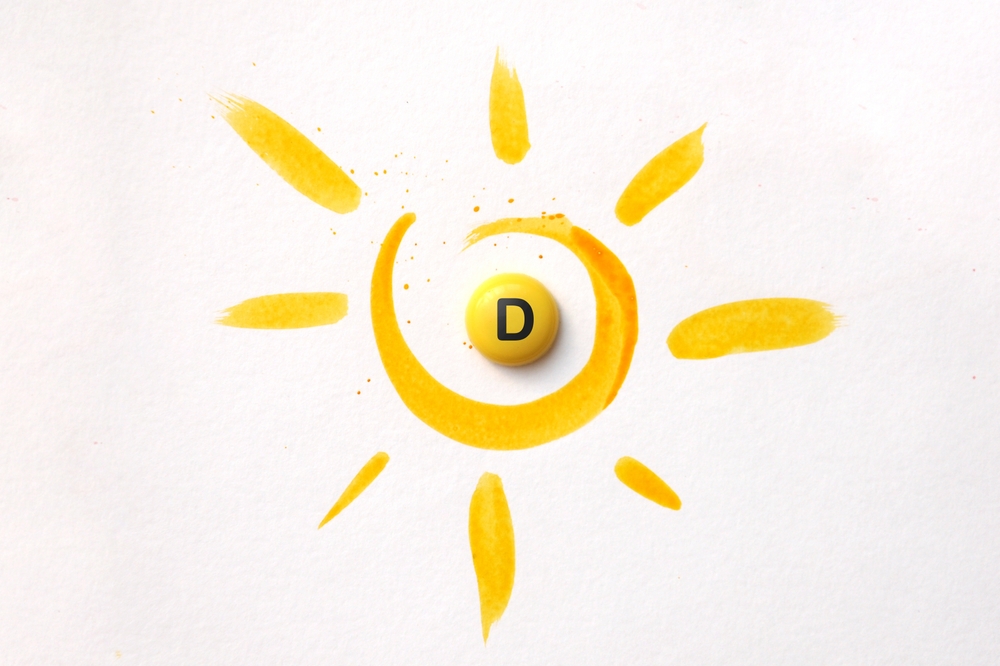
National recommendations vary based on the latitude and average levels of UV sunlight. The US DV is 10 mcg (400 IU) while the EU RDA for vitamin D is 5 mcg (200 IU). In the UK, Public Health England recently advised that everyone should take a supplement of 10mcg (400 IU) of vitamin D during autumn and winter months. These are very much a minimum to prevent vitamin D deficiency, however.
Many experts suggest that, in the absence of exposure to sunlight, an intake of 25mcg (1000 IU) is more appropriate for optimum health. Older people may need more as they are less able to make vitamin D in the skin and absorb less from their diet.
One US study found, for example, that an intake of 100 mcg (4000 IU) is needed to maintain vitamin D levels in all older women. Vitamin D may be given in higher doses, under medical supervision, to treat a severe deficiency.
3. Vitamin E

Vitamin E consists of a group of fat-soluble substances whose antioxidant action protects cell membranes and nerves from the damaging effects of oxidation.
Supplements tend to provide a natural source of vitamin E (d-alpha-tocopherol). Synthetic alpha-tocopherol has less biological activity as it includes some inactive l-alpha-tocopherol. Synthetic vitamin E is identified on supplement labels as dl-alpha-tocopherol.
What’s The Problem With Too Much?

Excess vitamin E can enter the nervous system to cause a headache, muscle weakness, and double vision. High intakes can also cause bowel looseness and may thin the blood to increase the risk of hemorrhagic stroke.
What Is a Safe Intake For Vitamin E?
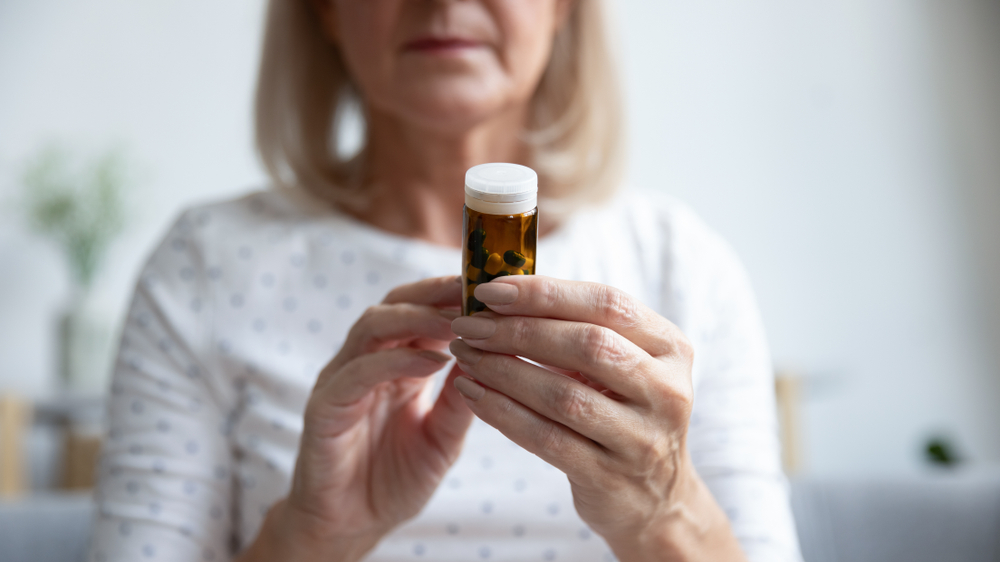
In the US, the upper intake level for adults is suggested as 1000mg (1 gram or 1,500 IU) per day for natural source vitamin E but is lower at 737mg (1,100 IU) per day for synthetic vitamin E.
Within the EU, experts took a more cautious approach. They assessed the upper intake at which no adverse effects occurred as 540mg (around 800 IU). However, they introduced a safety factor to obtain a safe upper level of 300mg (450 IU) per day for long-term use from supplements.
4. Vitamin K
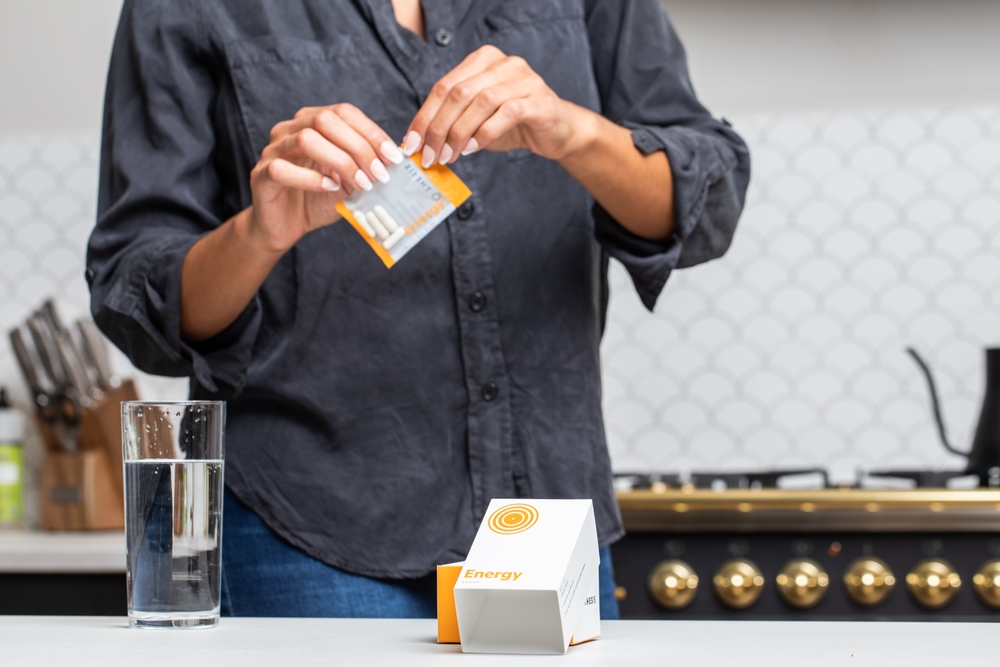
Vitamin K consists of a group of fat-soluble vitamins. Ninety percent of dietary intake is in the form of vitamin K1 which is needed for normal blood clotting, and just 10% is in the form of vitamin K2, which has important roles in bone health and in regulating calcium deposition to protect against calcification of tissues including artery walls.
What’s The Problem With Too Much?
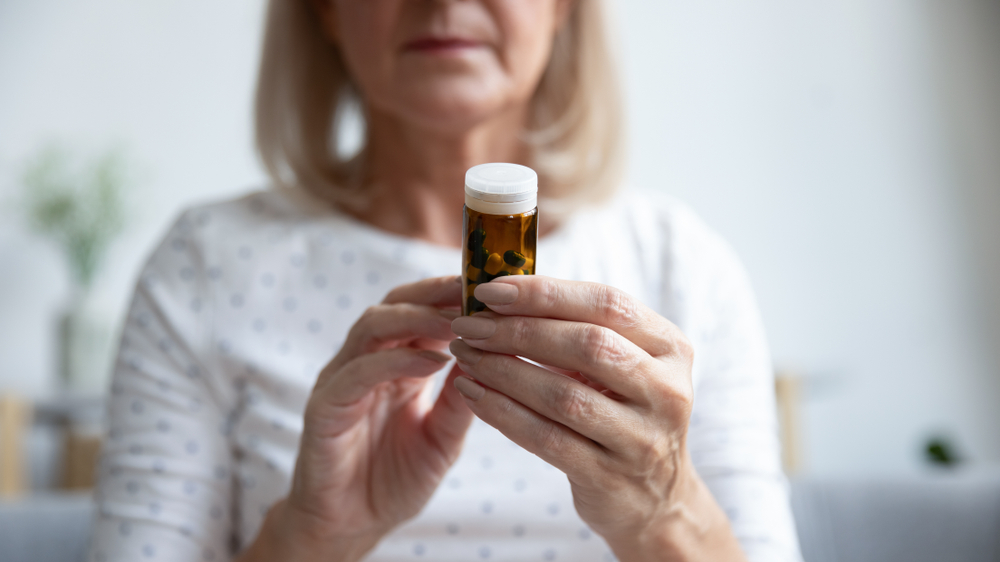
Vitamin K appears to be very safe, with no evidence of adverse effects even at high doses. As it acts as an antidote to the blood-thinning drug, warfarin, it is important to seek medical advice before taking supplements containing vitamin K if you are on warfarin treatment.
What Is a Safe Intake For Vitamin K?
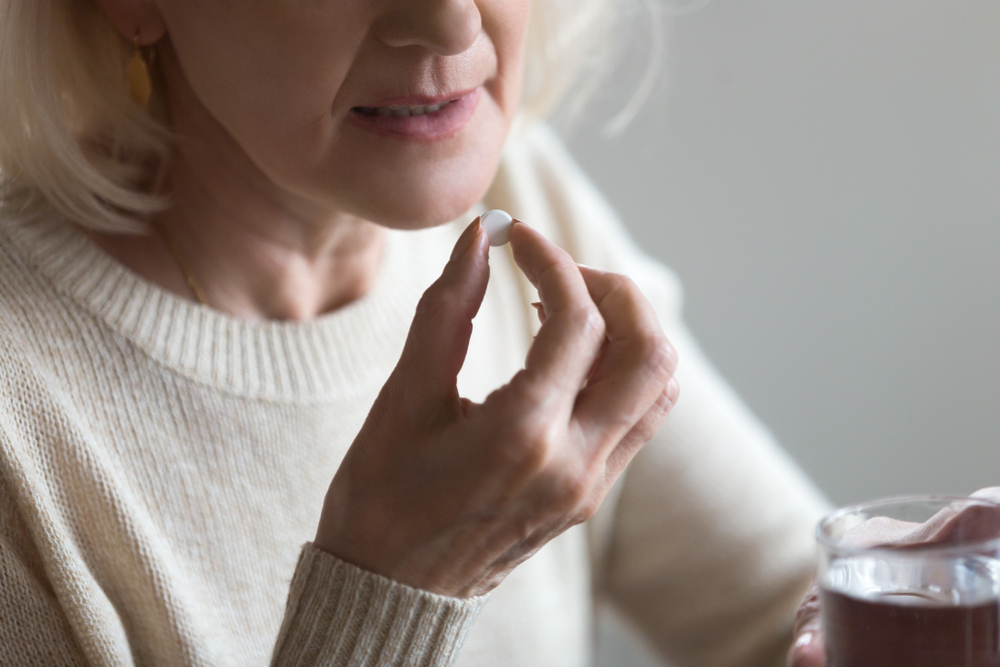
The US DV for vitamin K is 80 mcg, while the EU RDA is slightly lower at 75 mcg. The safe upper level for long-term use from supplements is suggested as 1000 mcg (1mg).
Read More: Chest Pain May Be a Symptom of a Common Vitamin Deficiency
